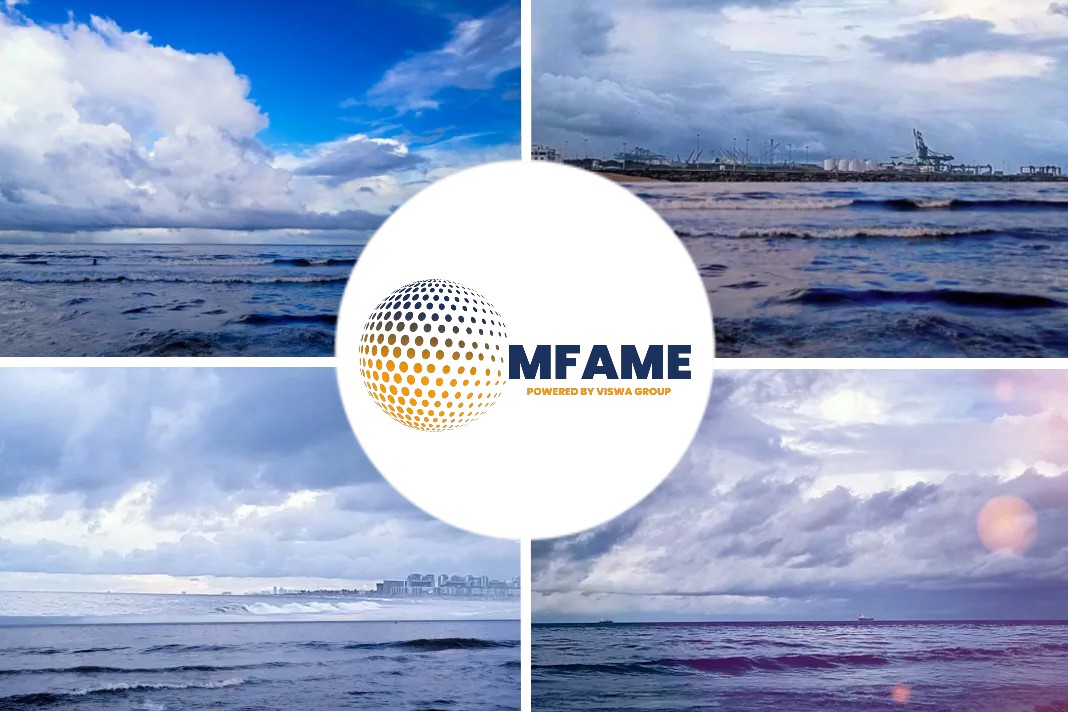Lloyd’s Register has approved designs for an ammonia-fuelled 40,000m³ midsize gas carrier put forward by Belgium-based shipowner Exmar, says an article published in Argus.
Ship Design
The ship was designed by China’s Jiangnan Shipyard and Finland’s Wartsila developed the ammonia fuel gas supply system. Exmar supported Lloyd’s with the risk assessment for safety of crew and structural integrity of the vessel.
Ammonia is considered one of the most viable alternative fuels to decarbonise the shipping industry.
Project system
“This is a significant milestone in progressing alternative fuels for shipping’s transition to zero carbon, proving the possibility of the use of ammonia as a fuel and how adaptable the fuel is to gas carriers, especially if carrying ammonia as cargo,” Lloyd’s Register global head of engineering systems Edward Fort said.
“We believe this project of an ammonia-fuelled medium gas carrier is not only a low CO2 emission ship, but it will also be a significant landmark on the roadmap of IMO 2050,” Jiangnan chief of corporate technology Hu Keyi said.
Exmar’s Ammonia transportation
Exmar operates a fleet of primarily mid-size carriers. Ammonia transportation accounts for around a third of the company’s business, with the remainder mainly LPG.
The shipowner was also an early adapter of LPG as a bunker fuel, having placed orders for two dual-fuel VLGCs, which are under construction.
Exmar’s experience carrying ammonia as cargo led the company to pioneer the use of the alternative fuel, potentially leading the way for LPG carrier peers.
Bridge Fuel – LPG
But high costs and the need for vast amounts of renewable energy to unlock the supply of green ammonia mean widespread adoption is still a distant possibility, and LPG is expected to be a “bridge fuel” for at least 5-10 years, gas carrier owners agreed.
Comments on Ammonia-fuelled Engine
“Ammonia might be a solution, but the first engine that could be available is at the end of 2024. It will take a long time before it is widely used,” Exmar executive director of shipping Jens Ismar said.
“The engine is one thing but access to the fuel is another thing. Green ammonia is kind of a pipe dream at the moment. The cost of production is extraordinarily high, and I don’t think [ammonia producers] have a system of finding the renewable energy to make it a truly green product. I think there are a lot of hurdles to get through,” Avance Gas chief commercial officer Ben Martin said.
“Over 40pc of the mid-size fleet is capable of carrying ammonia so there’s plenty of capacity to do that but we’re probably 10-15 years away,” Epic Gas chief executive Charles Maltby said.
“The first order of business is probably a duel-fuel engine which burns LPG. The benefit of having a dual-fuel engine is that at some point in the future, if it becomes viable and economically feasible, dual-fuel LPG engines can be changed relatively easily to burn ammonia” Dorian LPG chief executive John Lycouris said.
Exmar’s deployment
But Exmar will probably be better positioned to access ammonia supplies than its peers.
“As we carry ammonia already it could be a solution or at least as a starting point as a niche trade or a niche business”, Ismar said.
Even with design approval, significant obstacles still need to be overcome for ammonia to be adopted as a bunker fuel by the wider gas carrier industry.
Did you subscribe to our daily newsletter?
It’s Free! Click here to Subscribe!
Source : Argus






















